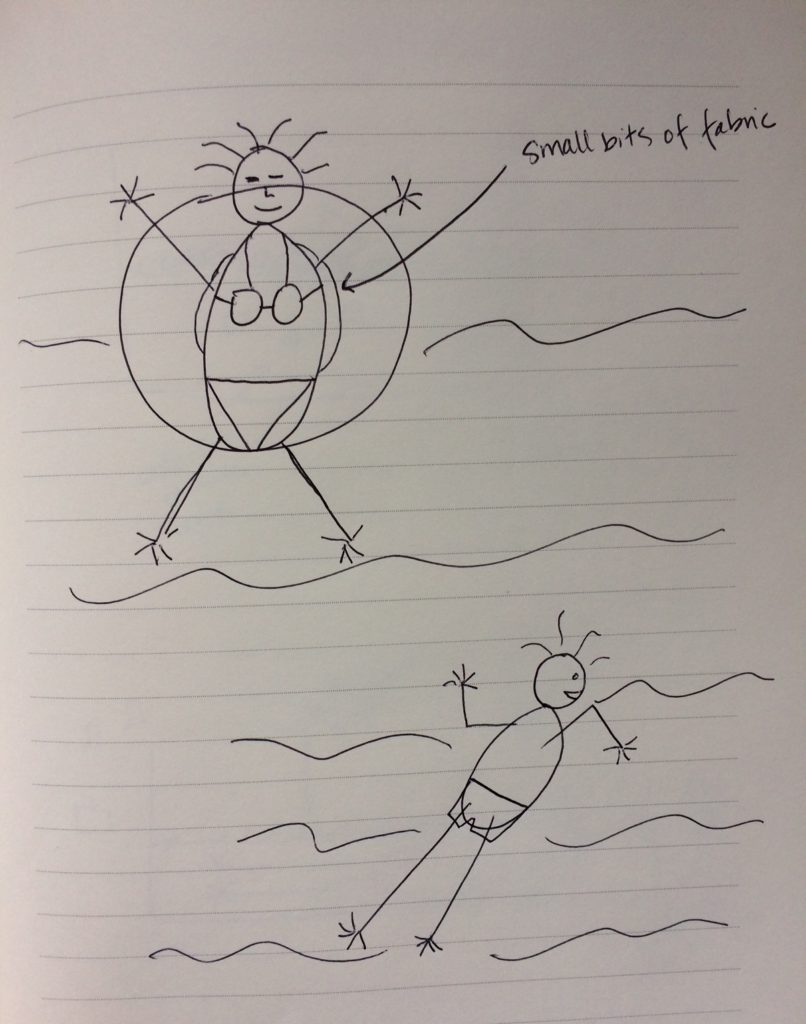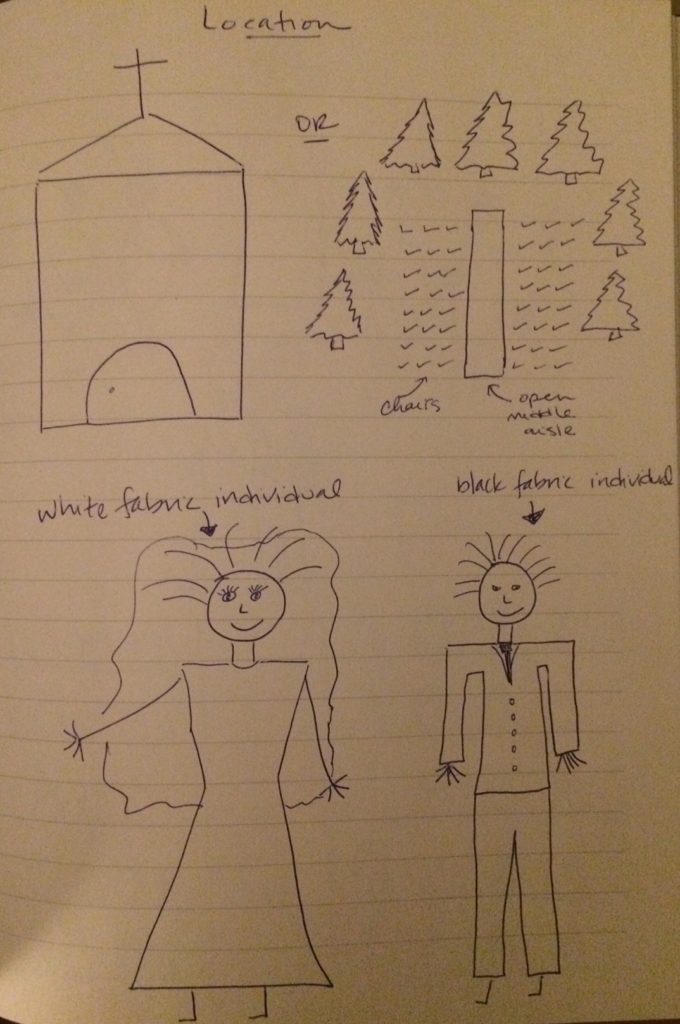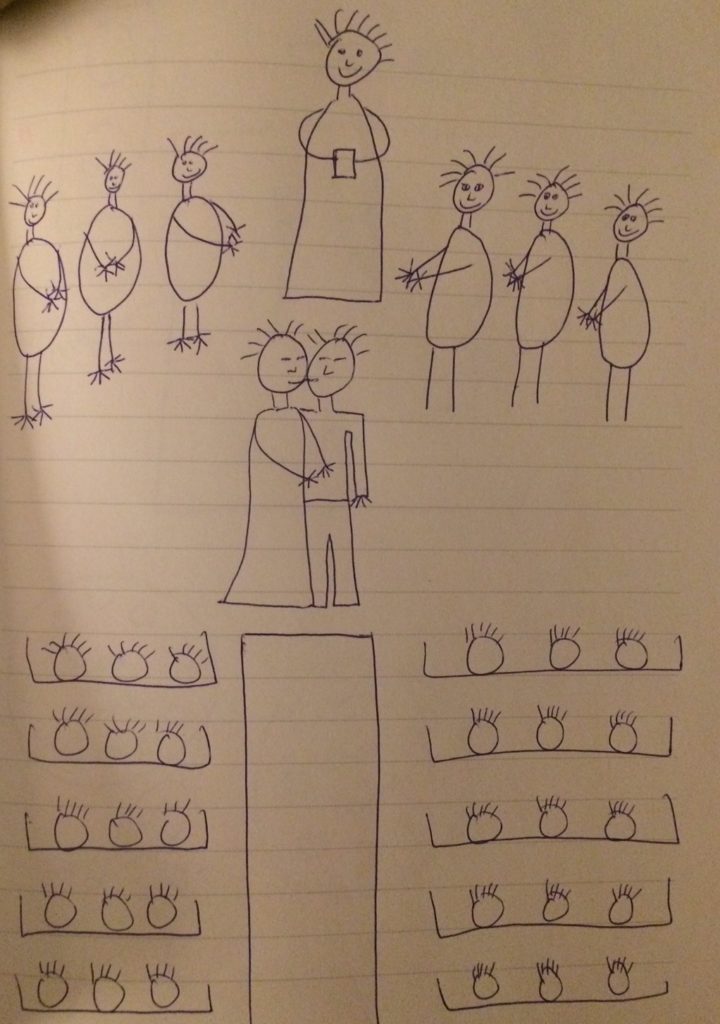Entry: Behavioral Practices- Interaction with Water
The species in the western hemisphere of this planet appear to engage frequently with large volumes of liquid they call “water” for two main purposes: that of pleasure, and that of hygiene.
Water Pleasure Activity:
There are large natural bodies of water on this planet. The largest bodies of water are infused with sodium (linguistic term “ocean”), while the smaller bodies of water are free of sodium (linguistic term “river,” or “lake,” and “pool”). This species utilizes these bodies of water for their own pleasure and entertainment purposes. Some observed forms of entertainment include completing immersing the physical body into water and moving limbs, hands, and feet so that the water splashes but the head is above the surface. Additional activities include gliding on top of the water on large and small cylindrical shaped objects, or diving under the surface of water for short periods of time. During these activities, this species will generally adorn themselves with small bits of fabric that only cover their middle mound, fat sacks, dangling sack, and fleshy stick.

Water Hygiene Activity:
This species also uses water as an apparent cleansing agent. The physical buildings in which humans reside are structured to pull water into the home when a lever is turned for either consumption, or cleaning purposes. Most individuals will place their bodies under a steady stream of water for a short period of time each day while scrubbing different types of gooey substances over their skin. In addition, many individuals will use water to scrub scum buildup off the surfaces of their own objects and homes.
Water Hygiene-Pleasure Activity: “The Bath”
Primarily utilized by the young, many of this species have a special tub inside their home designed solely to hold water for the species to sit in. The vernacular for this activity is “to take a bath.” To take a bath involves a number of different steps. First, the species will plug the drain hole and twist a few levers so that water begins to pour out of the faucet and into the tub. If the species engaging in the bathing activity is young, they will generally also dump a number of colorful plastic items into the water along with a gooey substance that, when interacting with water, becomes a white froth that coats the top of the bath. The young species then proceeds to get into the bath and spill as much of the water outside of the tub as possible by splashing, kicking, hitting the water. The young are usually accompanied by an adult species who attempts to clean them with gooey substances while they shriek and splash.
If the species engaging in the bathing activity is an adult, they may turn the lighting down, light fire on a few lumps of wax, turn on a soundtrack which plays slow melodic instruments, and dump the gooey frothy substance into the bath before getting in. The adult species then proceeds to be as still as possible as they immerse the entirety of their body up to their head under the water and close the thin flesh down over their moist eyeballs. After a period of 20-30 minutes, the adult species generally rubs some gooey substances over their own skin and rinses it off with bath water before pulling the plug from the drain hole and slowly getting out of the tub.




